After 146 years, Ringling Bros. and Barnum & Bailey circus will perform “The Greatest Show on Earth” for the final time in May.
While dwindling ticket sales and controversy over its use of performance animals pushed the show out of favor in this century, the circus will always have a prominent place in the history of American entertainment.
Part of that history can be traced to the town of Somers, which is considered the “cradle of the American circus.” It was in Somers that a local man launched the first touring exotic animal shows with his elephant. The story has become a huge part of the town’s lore and identity.
“The elephant is inextricable from Somers,” says Grace Zimmerman, one of the volunteers who run the Somers Historical Society. A simple look around town proves her point. There’s an elephant on most town signs, and athletes at Somers High School suit up as the Tuskers.
Even the town hall is a monument to Somers’ long history with the elephant. Somers’ offices are housed in a historic brick building marked “Elephant Hotel,” with a small elephant statue mounted in the yard in front of it. (The building is also home to the historical society.) Confused travelers have even wandered into Town Hall from time to time looking for a room, Zimmerman says.
It’s on the third floor where that history is explained. There, the Museum of the Early American Circus tells the story of local farmer Hachaliah (that’s Heck-a-LIE-uh) Bailey — a distant relative of James Bailey of Barnum & Bailey fame — who purchased an imported African elephant, Old Bet, at an auction in 1805. She was just the second elephant known to have been imported to the young country. Bailey may have thought the massive animal could be useful on the farm. Instead, Old Bet quickly grabbed the attention of neighbors, and Bailey learned there was a market for simply offering a peek at the animal.
Thus the traveling menagerie was born. Bailey marched Old Bet through Westchester, Putnam, and Dutchess counties, charging 25 cents admission to curious people for the chance to see a live elephant for the first time.
He soon expanded his territory, traveling by night to avoid giving away shows. Old Bet, however, met a tragic end. While traveling through Maine in 1812, the elephant was shot and killed by a local named Daniel Davis, who was apparently angered that farmers were spending their money on seeing the animal, according to a history in the town’s application for National Historic Landmark status. This happened again with another elephant Hachaliah imported in 1826, Little Bet, who was shot and killed in Rhode Island.
As a memorial to his elephants, Bailey broke ground on a piece of land he purchased in Somers for $1,250. Sometime between 1820 and 1825, he finished a brick stagecoach inn and named it the Elephant Hotel, according to the town’s historic landmark application. He erected a small granite elephant on top of a pole in front of the building. Both are still there today, though the statue was replaced in the 1920s after it had rotted.
Soon the hotel became a center of activity for the menagerie business, which would later combine with acrobatic acts to form the modern circus. In 1835, a group of menagerie owners met in the hotel to draft the incorporation documents of the Zoological Institute, which for a short time had a near monopoly on the animal show business.
The hotel would later house Farmers and Drovers Bank, the second bank in the history of Westchester. A 2,000-pound safe still sits open in the town clerk’s office today. The town purchased the building in 1927 and converted it to serve as its offices. The building was awarded National Historic Landmark status in 2005.
In the third-floor museum, a series of displays highlights Somers connections to the early circus industry. The museum features 19th-century advertising posters, menagerie inventories and other items from the period. You can also check out examples of the Somers “cradle of the American circus” stamp, which was created after an intense lobbying campaign in the 1960s. The museum even includes a full miniature replica of the Ringling Brothers and Barnum & Bailey circus in 1919. Its thousands of pieces were mostly handmade by Dr. Hugh Grant Rowell, a circus scholar and collector who donated his collection to the Somers Historical Society. The massive collection matches the typical set-up the circus employed that year, giving you a bird’s-eye view of the vast scale of “The Greatest Show on Earth,” inside the very building that helped set the foundation for it.
The museum opens to the public 2 to 4 p.m. Thursdays and by appointment. For more, visit somershistoricalsoc.org.

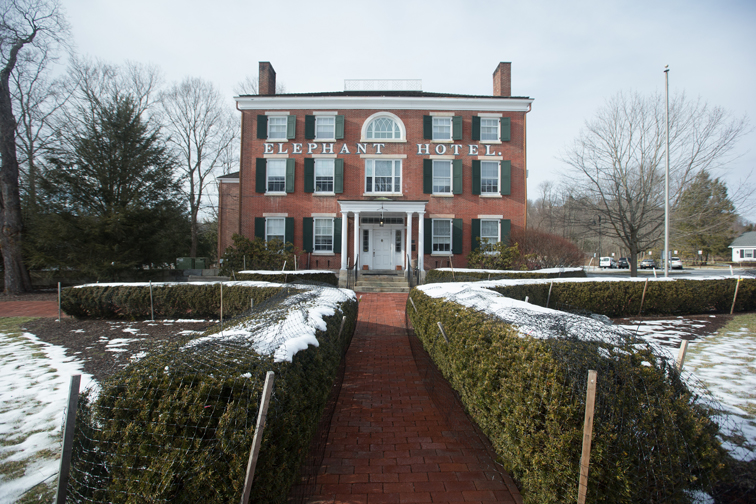
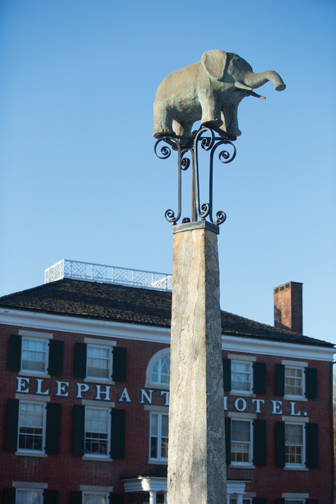
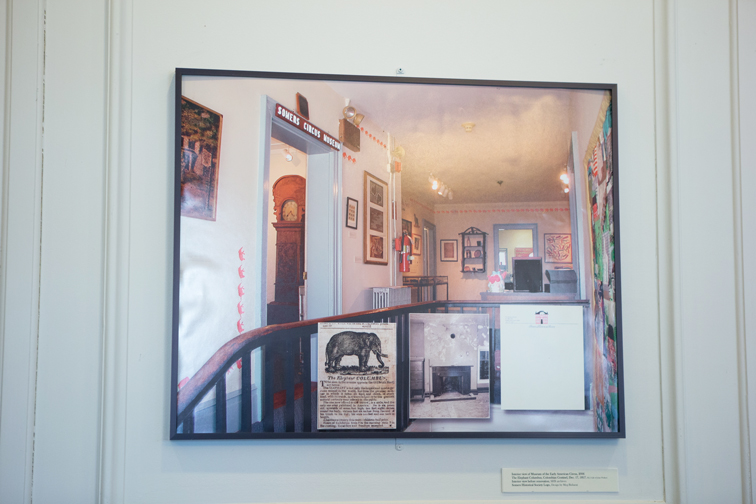
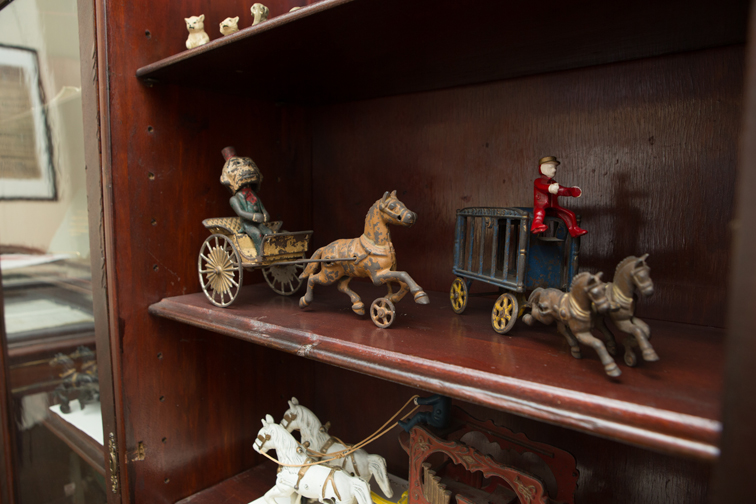
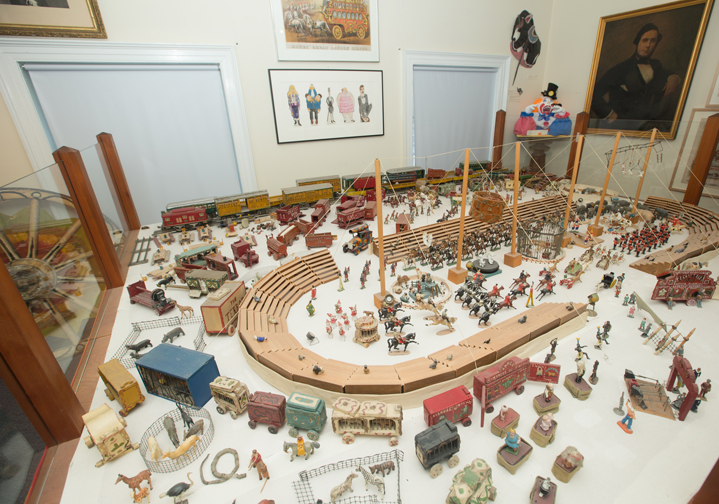
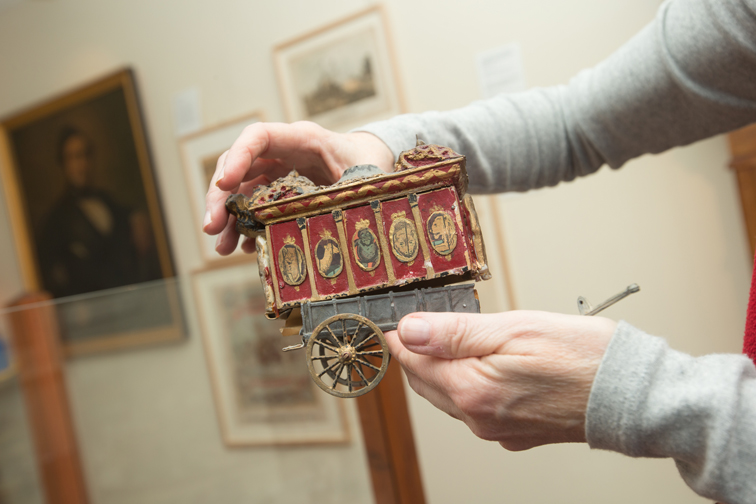



Hachaliah Bailey is my distant relative. My grandfather told me this story when i was a boy. His mother was a Bailey. Im not sure what relation she was to Hachaliah but i think he was her uncle. She lived to be 104 years old. Thank you for this article. It was nice to be reminded of my grandfather.